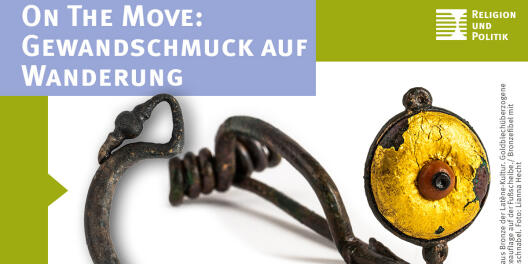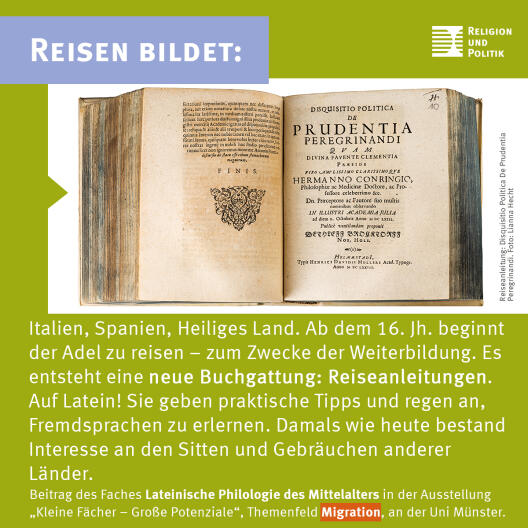Migration – people and ideas
Migration is one of the characteristics of human society. But the notion of mobile populations, migrating ideas and technologies is often contrasted with the notion of a society’s fixed borders. Often enough, though, stability and success are heavily dependent on the influence and absorption of new technologies, ideas and people from outside. There are many reasons for migration, and the distances travelled vary. Better living and work opportunities are often the cause, with migration being the result of climate changes, natural disasters, or political and social events. For those emigrating, migration is not a problem, but rather the solution to a problem. However, this is often viewed with scepticism by the host societies, even though they can often benefit from the many new ideas that immigration brings.
The exhibition explores perceptions and changes on both sides: What do foreigners change in our living environment, and what changes? And what happens to us when we are in a foreign country?
When people migrate, they take their customs, traditions and ideas with them to their new home. This is particularly evident in the case of food. The most revolutionary foodstuff to migrate was grain, which came to Europe in the Neolithic period with people from the Orient and triggered the so-called “Neolithic Revolution” here, too: namely, the transition from hunter-gatherer to farmer and stockbreeder. It was this that enabled our complex societies to emerge.
Besides necessity, what also motivates people to migrate is curiosity. People have always been interested in travelling to distant worlds. There have been travelogues since ancient times, and printed travel guides since the 16th century. We can still read today about the customs of foreign cultures. People living for a longer period of time in another country see their own tastes and ideas merge with those of their new country. We assimilate.
Article from the catalogue of the exhibition “Small disciplines – great potential”








